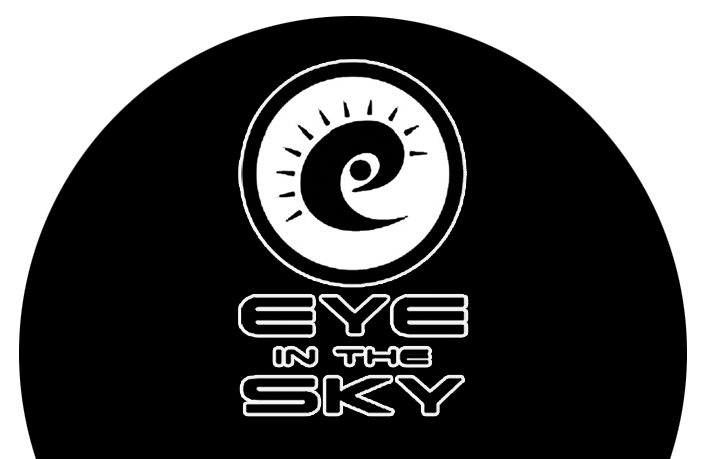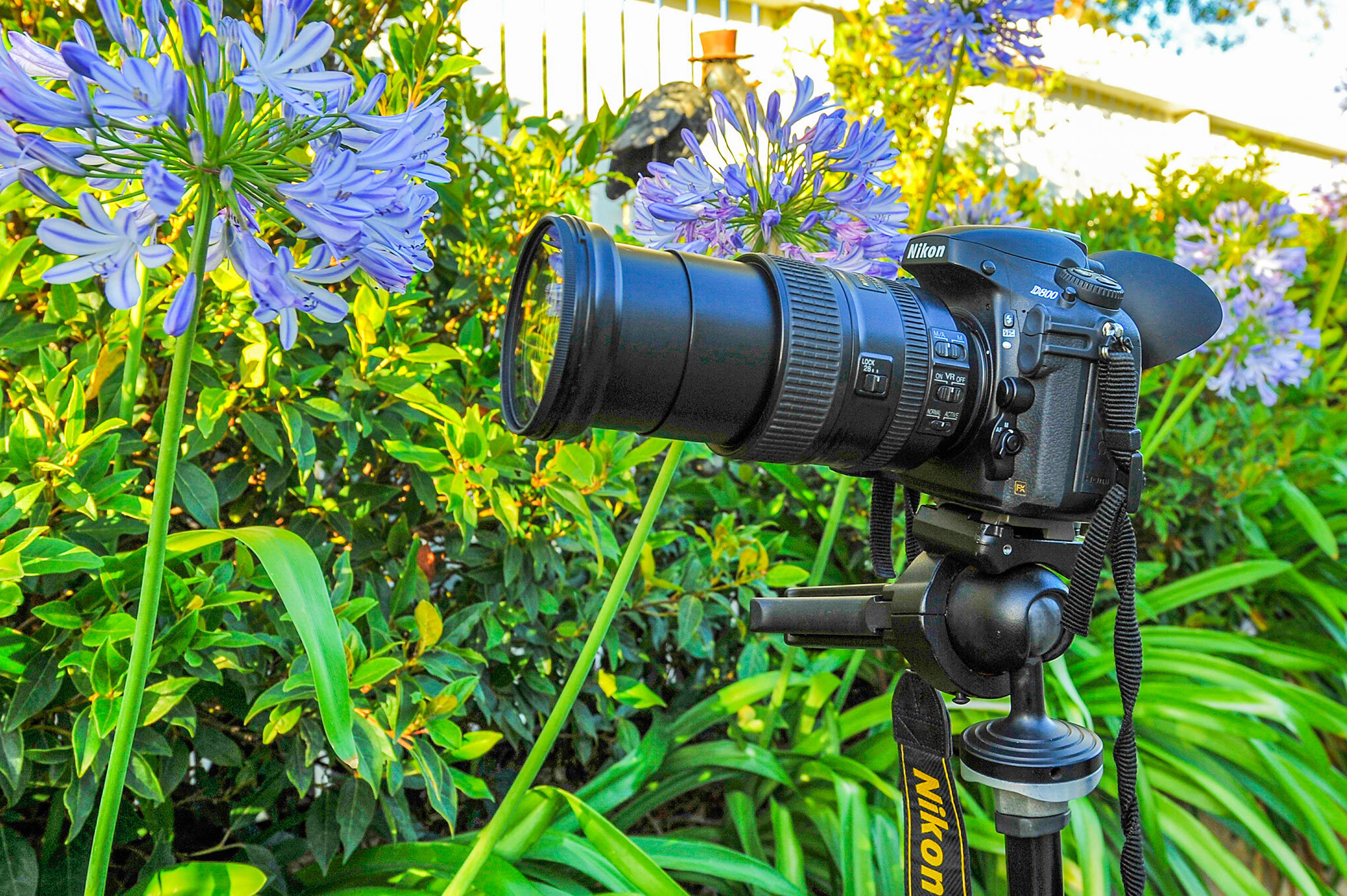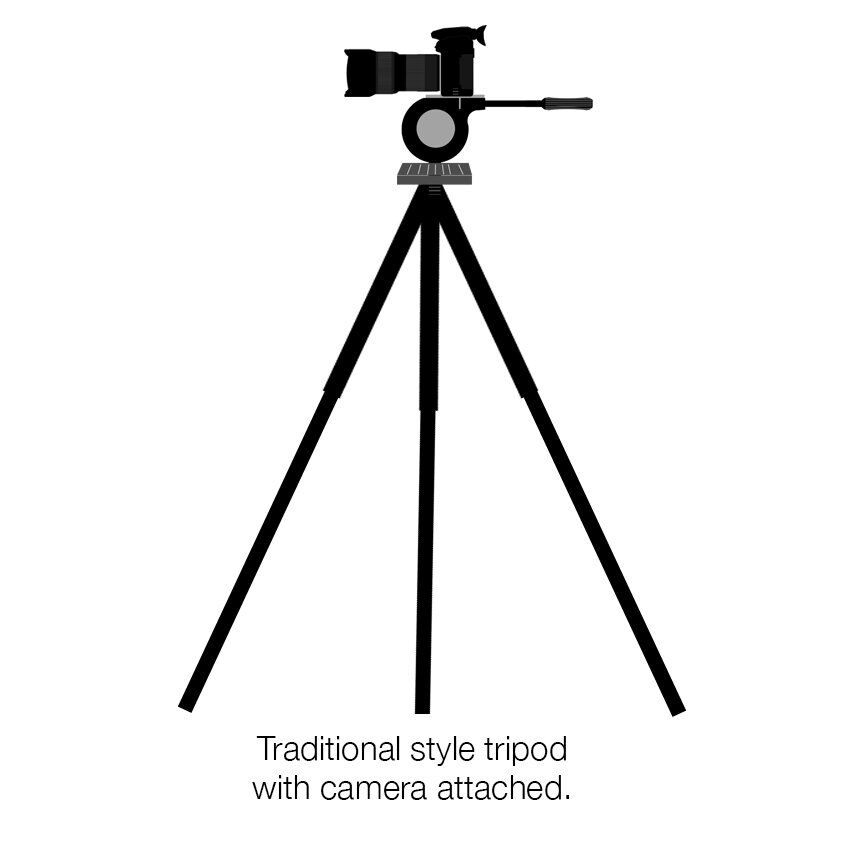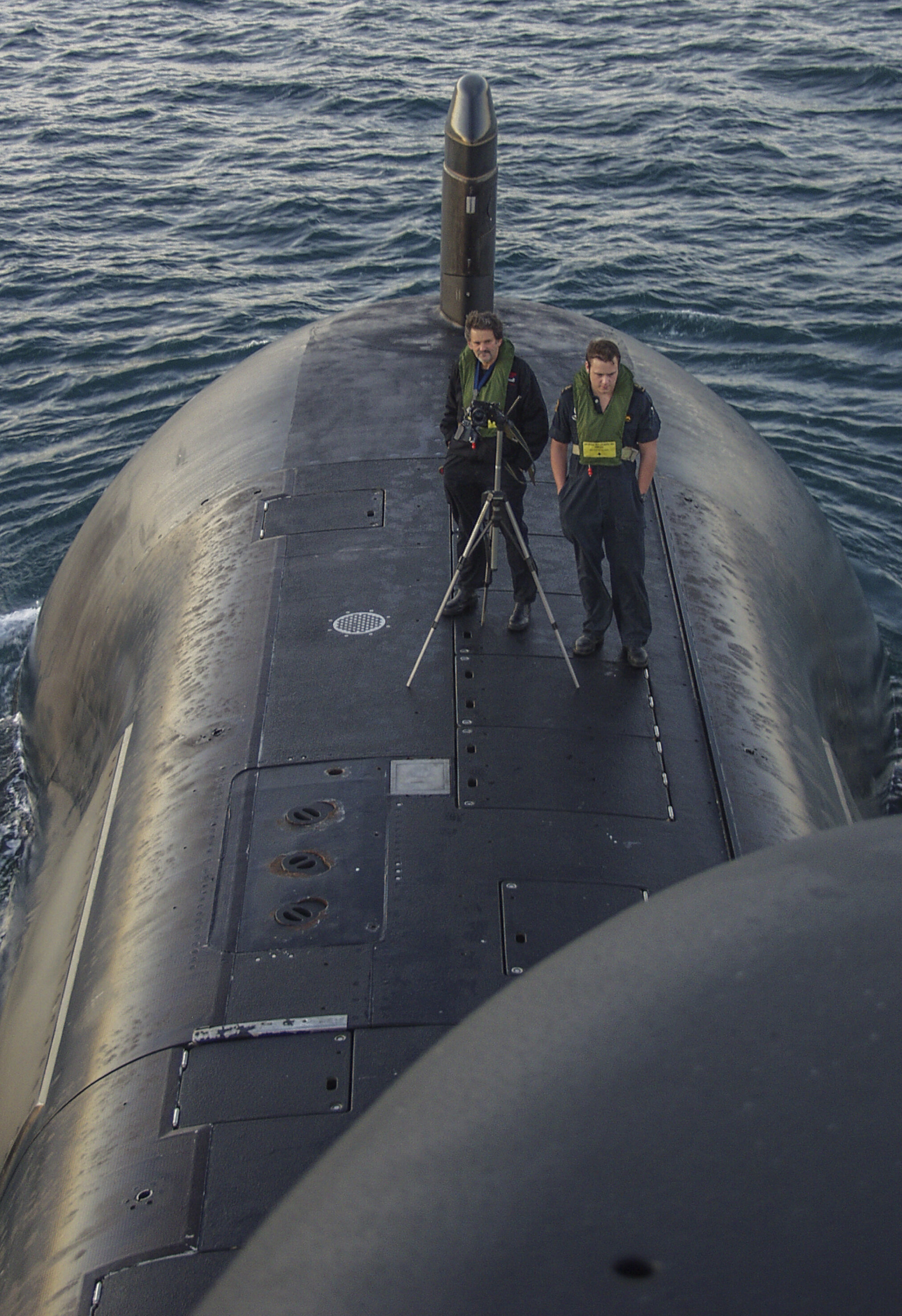TRIPODS
EQUIPMENT - Tripods
Tripods are essential if you want to shoot at an exposure day or night with a shutter speed slower than say 1/30th of a second. Such as a slow exposure of moving water, or any time you need a large depth of field and your exposure is slower than 1/30th. Tripods have three main elements; legs, head, camera attachment plate. The plate attaches to your camera, which in turn slots into the top of the head.
Tripods come in many sizes and capabilities with different head types, leg lengths and prices to fit. You can have your favourite legs with two or three different heads for different purposes. Some are perfect for fast action, others for more deliberate work. Some have fluid assisted heads for smooth panning in motion picture work or time-lapses. There are no hard and fast rules about what you should use, you just need to try them out and see how they feel for what you need.
1. Traditional two lever system. One handle changes the horizontal axis, the other adjusts the vertical axis.
The entire head swivels on an axis giving a 360 degree sweep.
2. Rotating ball system, a knurled thread locks the ball in place that holds the camera.
Undo it and you can move the camera in any direction you wish.
3 - 5. Pistol grip, trigger release head. You squeeze the trigger in to move the head to where you want it, releasing it locks it there.
Most let you move the legs independently of each other, to allow for working in tight or uneven situations (7). All tripod heads allow for a horizontal 360 degree sweep, as well as a vertical axis. But they achieve this in different ways. So it depends on which system you prefer.
One thing to keep in mind if you are shooting stars or night skyscapes. A tall tripod that extends to eye level height when your camera is attached is ideal. Bending down (when you get older!), at night, trying to set up the shot of the stars through your viewfinder with a small tripod can be a real pain. A, you can’t see a thing through your viewfinder anyway, and B, your camera may find it hard to focus. In which case it is advisable to set your cameras focus before you go outside.
At night you will need to aquire your ‘night vision’ so any bright light like your touch screen can compromise this. If you do need to light camera settings or check your environment, a torch with a red filter works well.
In order to ensure your horizontal and vertical axis are true, most systems now have one or more spirit levels built in.
All photographs © Jon Davison 2021












